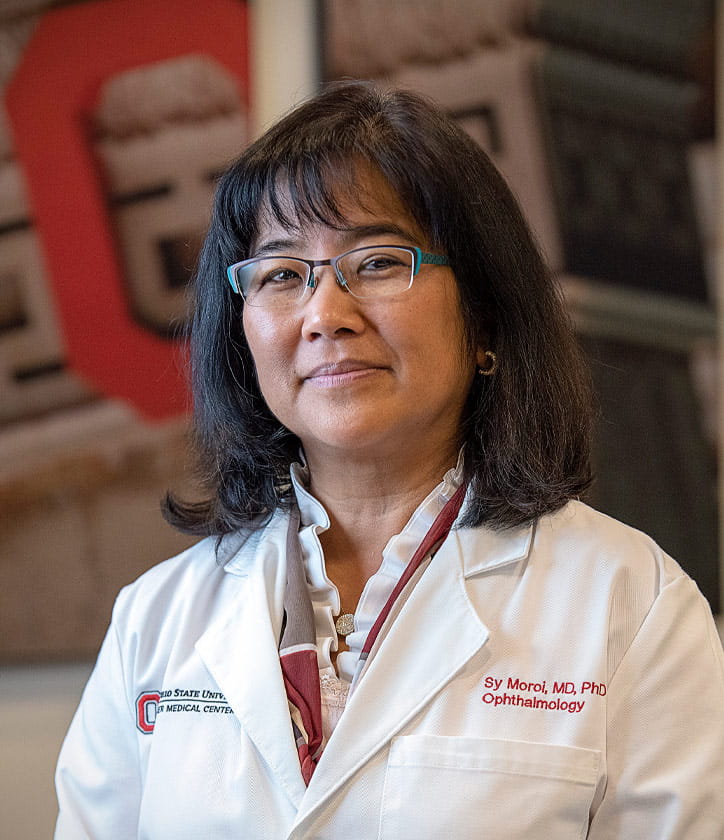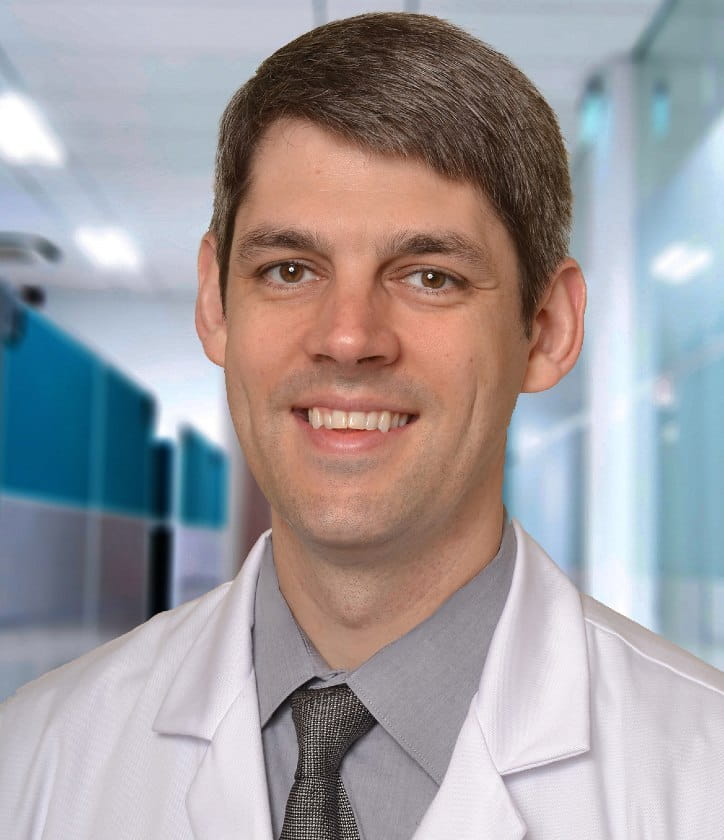Ophthalmology Past Chairmen
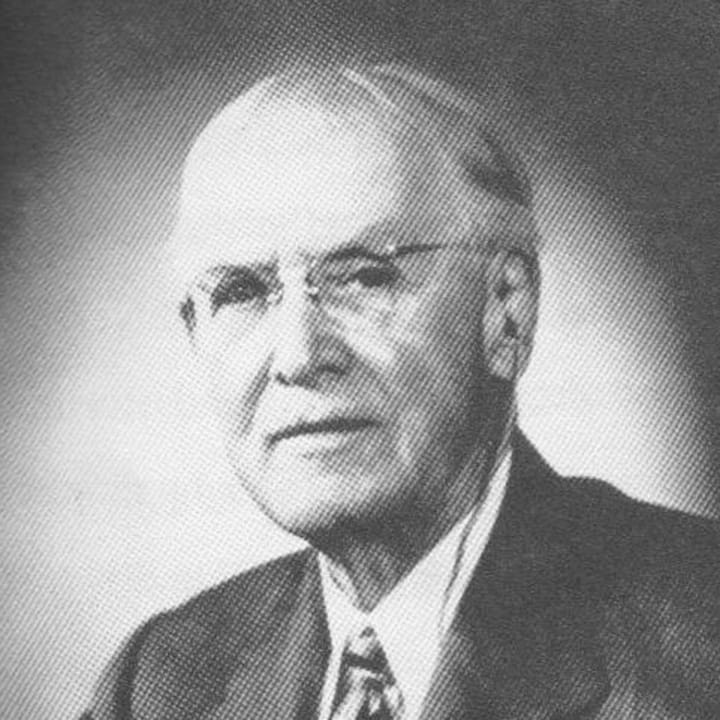
1914 - 1923
John Brown, MD
When the Starling-Ohio Medical College (SOMC) was merged with The Ohio State University in 1914, Ophthalmology and Otolaryngology were combined as one Eye, Ear, Nose, and Throat (EENT) department under the chairmanship of Dr. John Edwin Brown, who was trained in both areas of expertise. He was on the faculty from its inception in 1914, chaired the combined department from 1914 to 1923, and remained on faculty until his retirement in 1944. He also served as the ophthalmologist for the Ohio Penitentiary, Ohio State School for the Blind, and Ohio State School for the Deaf until 1930.
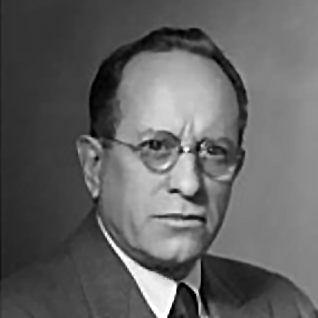
1923 - 1929
Hugh Beatty, MD
Dr. Hugh Gibson Beatty, an otolaryngologist, served as chairman of the combined EENT Department from 1923 until 1929. Understanding his own affinity for otolaryngology, Dr. Beatty recognized the need to separate the two disciplines, and in 1929, the Department of Ophthalmology was formalized. Dr. Beatty was an important member of the Columbus medical community and continued to serve patients even 20 years after his retirement from the university in 1951.

1929 - 1945
Albert Frost, MD
After completing a one-and-a-half year residency at the New York Eye Ear Nose and Throat Infirmary, Dr. Frost returned to Pittsburgh, where he practiced ophthalmology at the University of Pittsburgh. In 1924, he moved his family to Columbus, Ohio to join the faculty at The Ohio State University and became an associate of Dr. Hugh Beatty. Dr. Frost, became chair of the new Department of Ophthalmology, which continued to be housed at Saint Francis Hospital, one of the original SOMC assets despite the construction and renovation of the “new” Starling Loving University Hospital on the OSU campus.

1945 - 1947*
Claude Perry, MD
Associate professor and OSU faculty member since 1931, served as acting chairman until 1947. Dr. Perry graduated from Ohio Wesleyan University, in 1922, received his medical degree from Western Reserve University in 1926, trained in Eye, Ear, Nose, and Throat at Henry Ford Hospital, and completed additional training at the University of Vienna, in Austria, before coming to Columbus. Prior to his arrival at OSU, Dr. Perry had been instrumental in the passage of the 1934 Fireworks Law, which reduced the incidence of blindness in children from fireworks injuries. *Interim
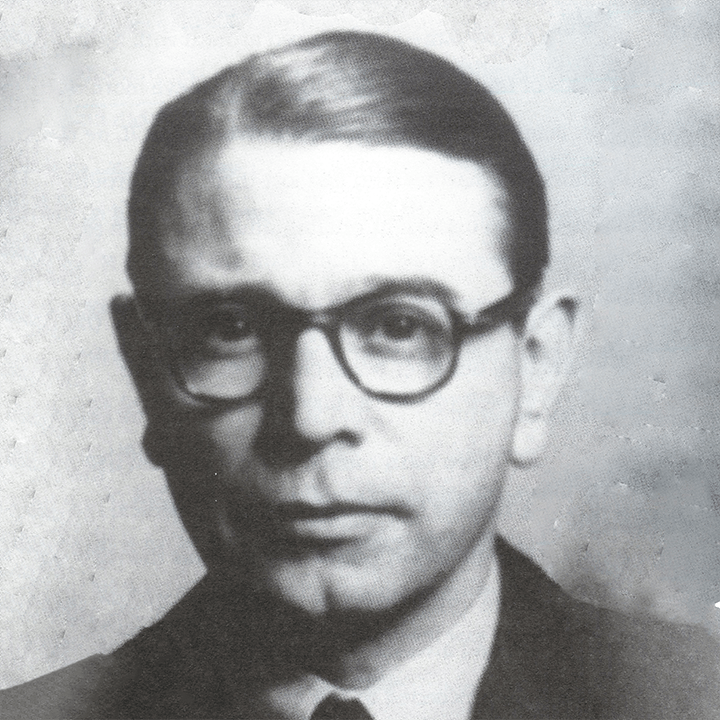
1947 - 1953
Arthur Culler, MD
Arthur Culler was a man with a vision of creating a top tier ophthalmology program that initially included lofty goals for resident education, research, a pathology laboratory, a microbiology/immunology laboratory, services for prosthetics and contact lenses, and increased space. Very early, he created an ophthalmology residency program. Starting in 1938, ophthalmology training was incorporated within a combined EENT program, and most who completed that training concentrated on Ear, Nose, and Throat.

1953 - 1954* | 1961 - 1972
Torrence Makley, MD
In November 1953, the department experienced a second tragedy when Dr. Culler “suffered a massive intracranial hemorrhage from a ruptured berry aneurysm while giving a talk to the Cincinnati Ophthalmology Society. With Dr. Culler’s incapacitation and slow recovery, Dr. Makley was asked to take charge of the department until it could be determined whether or not Dr. Culler would be able to return, and although he recovered to a remarkable degree, he never again was able to participate actively in the practice of medicine." *Interim
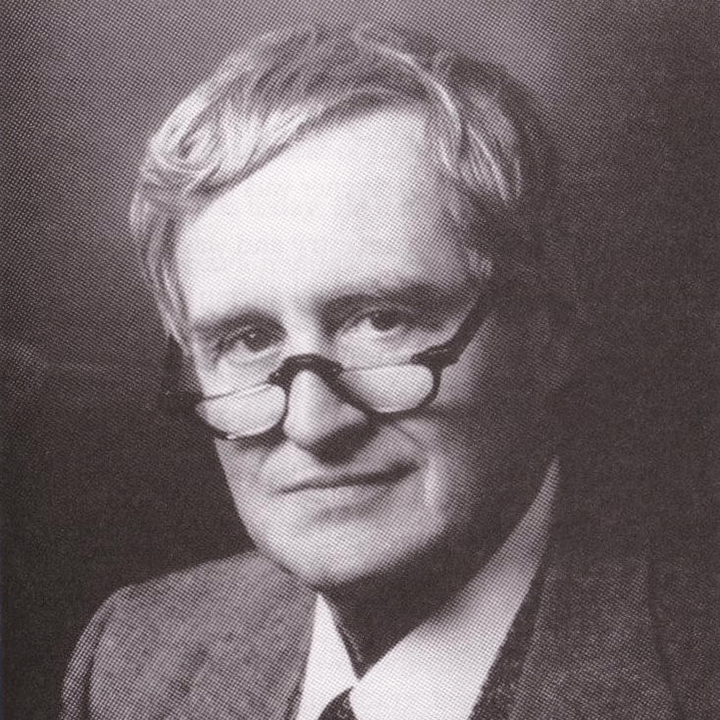
1954 - 1958* | 1959 - 1961 | 1972-1988
William Havener, MD
Though on staff for only a few months, Dr. Havener was made acting department chair in 1954, and five years later, in 1959, at the age of 35, he was advanced to professor and became the youngest chair of an ophthalmology department in the United States. At that moment, the history of the department took a giant step forward. Dr. Havener’s contributions provided a firm foundation for our department’s culture, philosophy, educational programming, research activities, and quality of care. *Interim
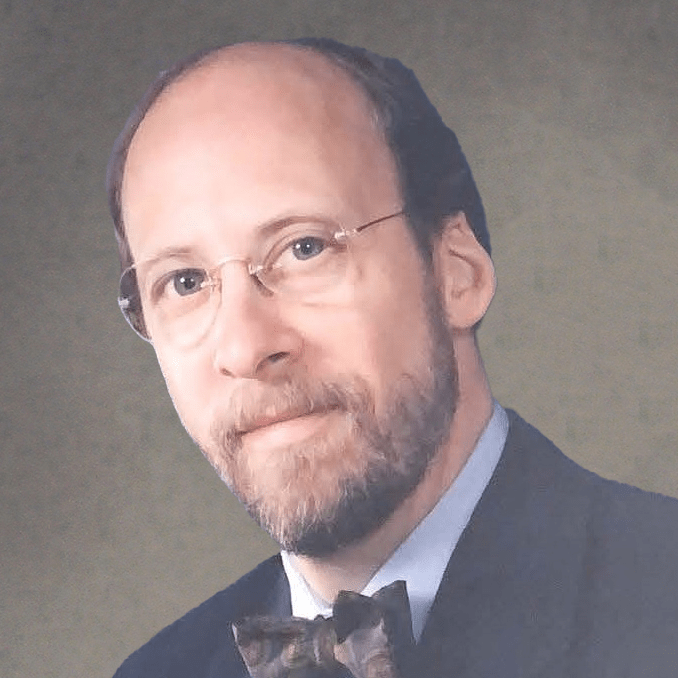
1988 - 2005
Paul Weber, MD
Dr. Weber served as chair through four appointment cycles. His four terms as chairman occurred in times of changing regulation and increasingly complex documentation requirements for residency training programs, pressure from transitional changes occurring in the medical center, reimbursement challenges, funding competition and the practice of medicine in general. His accomplishments, leadership and legacy will have lasting impact for many years to come.
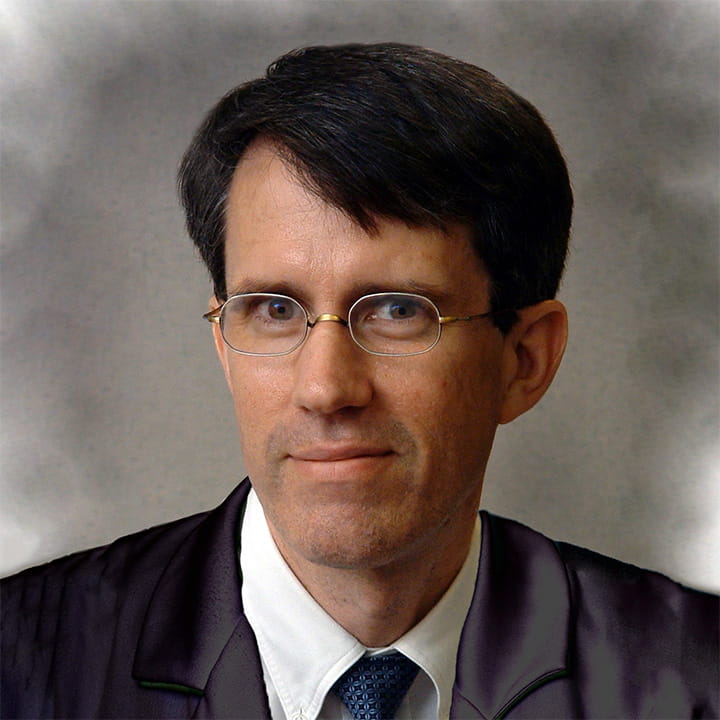
2005 - 2018
Thomas Mauger, MD
Dr. Weber appointed Dr. Mauger as vice chair in 2002. He brought valuable institutional memory of the department from being a resident during the Havener years and a faculty member in the Weber years, and personality traits that included a strong will and persistence. When he became the department’s chairman, Dr. Mauger bought an ample skill set to continue the work of fulfilling the vision of growth inspired by Dr. Havener.

